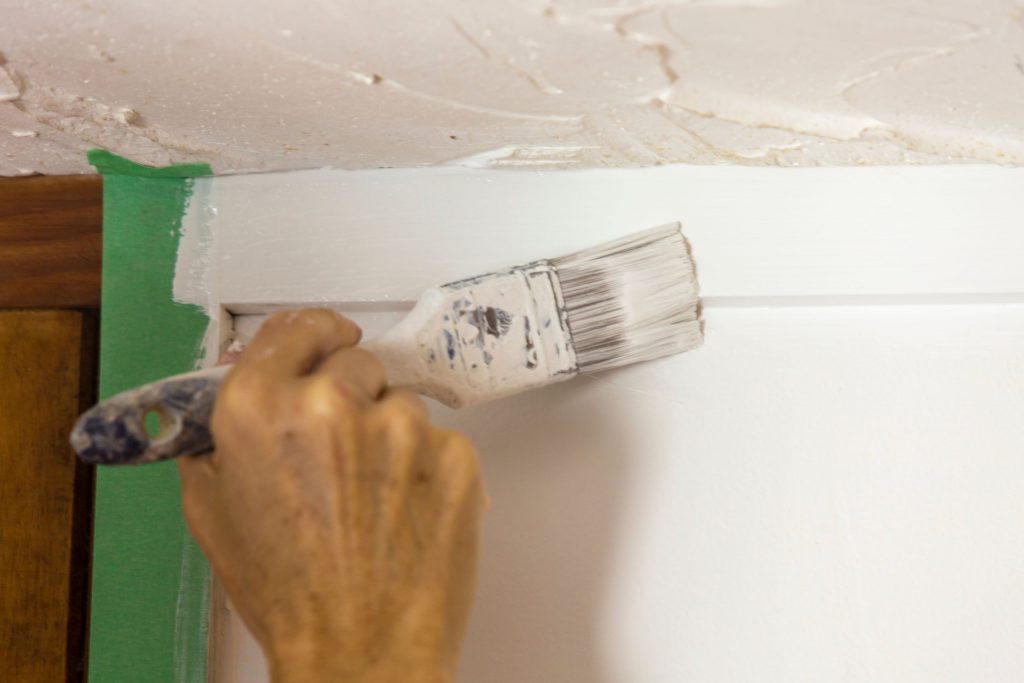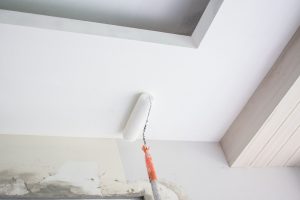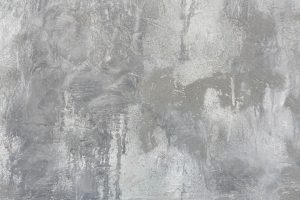Mastering Cutting In: Essential Tips For Beginner Painters

In house painting, cutting in is a basic method whereby walls, trim, and ceiling edges are painted without the use of painter’s tape. It lets artists produce neat, straight lines, therefore enhancing the professional and polished look of any space. For novices especially, developing this ability will help them to improve their confidence and painting project efficiency. Learning to cut properly helps one avoid the inconveniences often associated with using tape, including peeling or misalignment that could result in uneven edges. Rather, cutting in encourages artists to improve their brush control and hand-eye coordination produces perfect finishes. Once this approach is perfected, it creates chances for further design innovation as well as more satisfaction with the completed work. Anyone may create perfectly painted surfaces by concentrating on accuracy and control, hence cutting is a necessary ability for both amateur and professional painters equally.
Choose the Right Brush for Cutting In
Painting with crisp, clear lines requires choosing the right brush for cutting in. An angled brush is the advised tool for this work as it has higher control and precision than flat or round brushes. Smaller angled brushes—usually spanning in width from 1 to 2 inches—are ideal for tight areas, corners, and intricate work. Larger angled brushes between 2.5 and 3 inches maintain accuracy while nevertheless being efficient for more broad areas.
Bristle type is very important; synthetic bristles are best for water-based paints to provide a smooth application free of streaks; natural bristles shine notably with oil-based paints. Quality brushes are very crucial as they drastically reduce the likelihood of stray hairs damaging the surface. Buying premium brushes gives the painting experience better quality and creates a professional, businesslike look. All things considered, employing the right brush size and kind along with giving quality top priority will enhance any cutting-in work and produce beautiful lines and amazing edges that any painter might be happy with.
Load the Brush Correctly
Achieving control and accuracy in painting depends on proper brushing load. The artist should delicately dip the brush into the paint to load only the tip with paint, therefore ensuring that just the tips of the bristles are covered. This lessens the possibility of overloading the brush, which can cause unwelcome leaking during application.
Tap off the extra paint after dipping. The artist could gently tap the brush on a clean palette or the edge of the container. This method guarantees that only the perfect quantity of paint stays on the brush, therefore allowing a more exact application.
Consistent strokes and smooth lines depend on the just right paint volume used on the chosen brush. More control is made possible by a thickly loaded brush allowing the artist to produce sharp edges and precise details. Not only improves the artwork’s quality but also makes painting fun by selecting the correct paint volume and tapping off excess not just.
Perfecting Your Technique for Clean Edges
Learning the cutting-in action is crucial if one wants perfect edges in painting. Starting a few inches from the border of the surface, this method works progressively toward the intended line. Starting a little far lets the painter let their hand and motions change without going into potentially untidy regions.
Precision calls for a calm hand. One effective approach to provide additional support during motions is to bracing against the wall or surrounding surface. This uniformity reduces the chance of unintentional drips or smudges. Additionally helping control and allowing more flowing strokes free from too heavy pressure that might lead to errors is a delicate grasp on the brush.
Highly advised is practicing on a scrap piece of surface. This lets the painter get used to the cutting-in action free from the pressure to damage a major job. Repeating the method on scrap metal helps one develop confidence and increase the possibility of obtaining neat lines on the final product. Clean edges will become a trademark of the painter’s work with patience and experience, improving presentation generally.
Working in Sections and Timing It Right
Painting need for tiny bits of labor to keep attention and guarantee that the paint stays workable. Dividing the canvas into sensible sections helps an artist to completely focus on each part without getting overburdled. This approach promotes consistency of application and fine detail in addition to focus. Regular stops to evaluate development may boost imagination and provide surprising yet beautiful outcomes.
Cutting in during the primary paint’s wetness is another useful method. This method makes perfect mixing possible, therefore producing a harmonic change between many colors or forms. Working with the wet paint helps artists to avoid strong lines and instead produce a smooth, unified impression, therefore improving the whole visual attractiveness of the artwork.
Starting at natural stopping points—such as corners or edges—also helps to facilitate more smooth transitions. These established limitations provide directions for endings and begins, therefore promoting confidence and clarity in the task. Giving small amounts and precise timing first importance helps to enhance the painting experience and provide a more polished end piece.
Conclusion
Anyone trying to get a clean, professional finish on their painting tasks must first master cutting-in procedures. These methods provide crisp lines and a polished look that improves the general quality of the work by meticulously painting the edges and corners before filling in greater regions. Beginning novices must be patient and dedicated to learning these stages; development takes time and practice. Every effort will develop confidence and ability, which will produce even more remarkable outcomes. Once one becomes good at cutting in, the whole painting process becomes a more fun and fulfilling experience that lets the artist take satisfaction in their work. A well-executed cut-in may have a big impact and help to build a project that not only satisfies but beyond expectations. Examining the “Painting Techniques and Tips” blog will provide a plethora of tools and ideas to help people keen to improve their painting skills assist their creative journey and increase the beauty of their painted environments.







